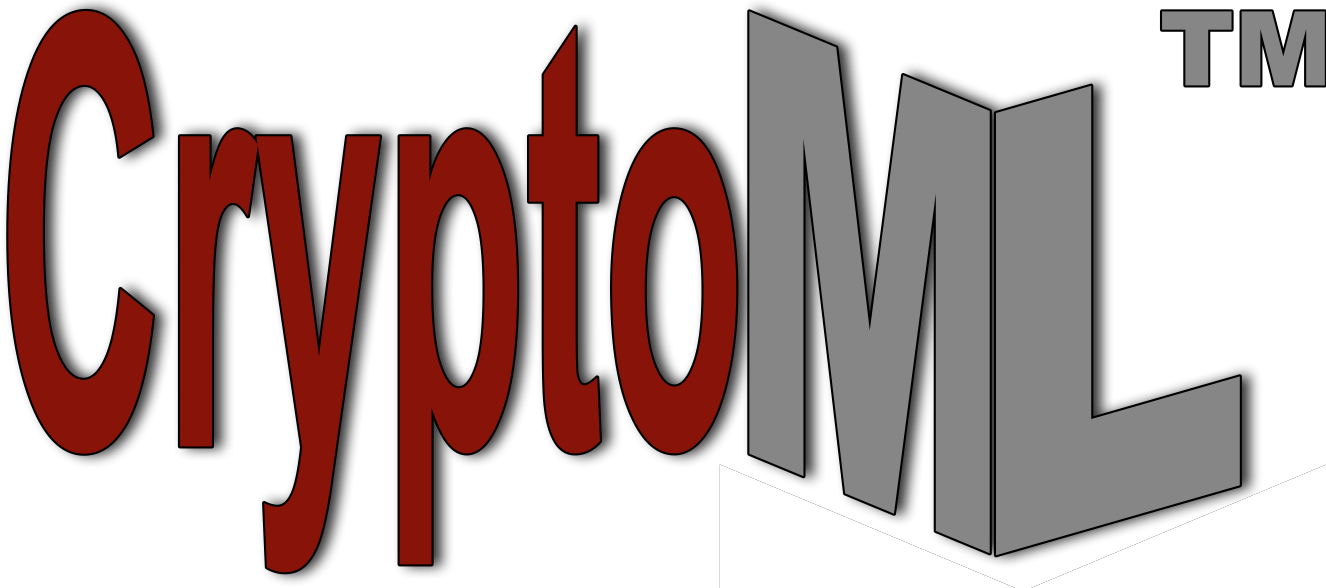CyberSecurity FAQ - What is malware?
Malware is an umbrella term derived from "malicious software", and refers to any software that is intrusive (unauthorized access), disruptive, or destructive to computer systems and networks. Malware may take many forms (executable code, data files) and includes, but is not limited to, computer viruses, worms, trojan horses (trojans), bots (botnets), spyware (system monitors, adware, tracking cookies), rogueware (scareware, ransomware), and other malicious programs. The majority of active malware threats are usually worms or trojans rather than viruses.
The following table summarizes the similarities and differences among selected common malware types.
| Malware Type | Requires Host File to Infect? | Self-Spreading? | Appears legitimate (harmless)? | Can Carry Harmful Payload? | Can Commo with Command & Control Server? | Can Attack OS Kernel & Firmware? |
|---|---|---|---|---|---|---|
| Virus | | | N/A | | N/A | |
| Worm | | | N/A | | N/A | |
| Trojan | | | | | N/A | |
| Bots/Botnet | N/A | N/A | N/A | | | |
| Spyware | | | N/A | | | |
| Rootkit | N/A | N/A | N/A | | N/A | |
For more information about the various kinds of malware, check out the Malware Taxonomy comparison table on the Cyber Attacks page.
CYBERSECURITY FORUM and CyberSecurityForum.com are trademarks of PivotPoint Technology Corporation. All other product and service names mentioned are the trademarks of their respective companies.

